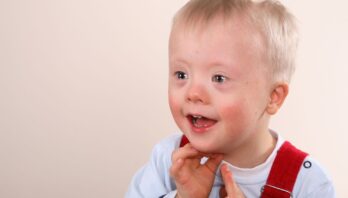By Renee Lopez
Many, many years ago when I was a young woman in college, I lived in a Section 8 subsidized apartment complex. Many of my neighbors had physical disabilities, as did I.
One of my neighbors was a young woman whom I will refer to as "Pam." Pam had severe Cerebral Palsy. She used a motorized wheelchair and used a picture board to communicate because only her attendant could understand her speech.
When Pam was 6 years old, her father began to sexually abuse her. At the age of 16, the abuse resulted in a pregnancy and Pam gave birth to a daughter.
Because of her physical inability to care for the baby, Child Protective Services became involved. Ultimately, Pam was removed from her family home and her child was put up for adoption.
While her experience was tragic, what I found to be the most tragic is how we, society, failed her. Pam had no voice, no advocates, and no options. She had no help until her child was born and the travesty could no longer be ignored.
The tragedy, too, was that even after getting away from her abusive father, Pam had no one to talk to — no one with whom to share what happened, or her grief and her pain. We lived in the same apartment complex for a time, and shortly after she left, I heard that she died.
Pam has never left my mind. Now as a grown woman in my 50s, I have become an advocate to end violence and sexual abuse of children and adults with disabilities. I lend my voice to the Pams of this world left forgotten, hidden and silent, in the deep recesses of our minds. Who hears their #MeToo?
I hear it.
I'll speak it.
About the author
Renee Lopez is a civil rights advocate and a long-term member of the SAFE Disability Services Project Advisory Committee.
This blog originally appeared on safeaustin.org.




